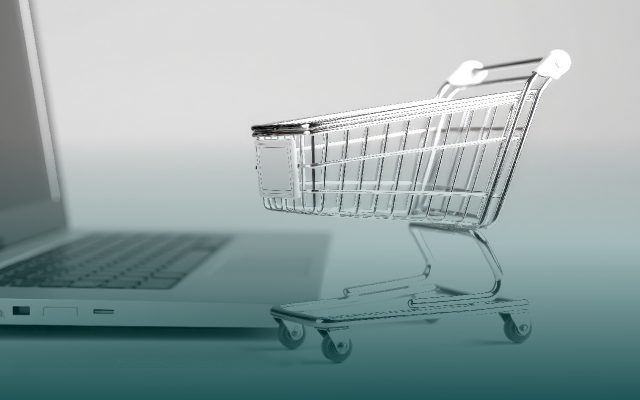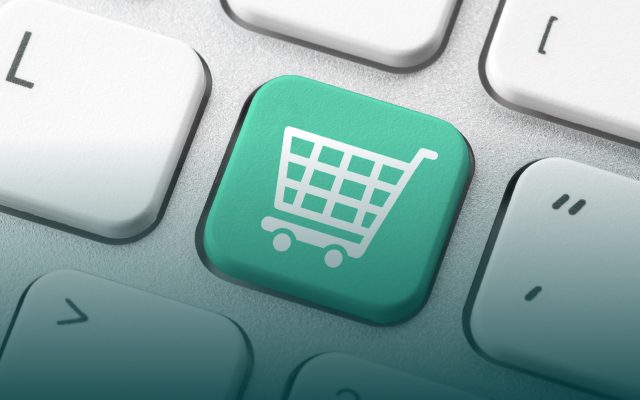Think back to the last time you bought a new phone. You probably received more than just a smartphone. Perhaps you also received a wireless charger. That’s price bundling in action. Done right, it can be a powerful tool for driving up sales and boosting profits.
In this article, we explain price bundling, how it might benefit your organization, and give some instances of product bundle pricing in action.
What Is Bundled Pricing?
Product bundle pricing is a pricing strategy that involves offering a combination of products or services at a discounted price. This type of pricing can be an effective way to increase sales and revenue as it encourages customers to buy more than one product.

Product bundle pricing can also be used to clean out inventory as customers are more likely to buy products that are bundled together. There are a few things to keep in mind when using product bundle pricing, such as making sure that the products complement each other and that the overall price is still competitive. With careful planning, product bundle pricing can be a great way to boost sales and revenue.
Benefits of Product Bundling
Bundling products together is a popular marketing strategy that can offer several benefits for both businesses and consumers. From a business perspective, bundling helps increase sales by enticing customers with the added value of getting more than one product for a discounted price. Bundling can also help clear out inventory of slow-selling items by packaging them with other, more popular items. For consumers, bundling offers the convenience of being able to buy everything they need in one purchase and the savings that come with buying multiple items at once.
- Introducing a new product. Bundle pricing is an effective way to introduce new products. When customers see that they can get two products for the price of one, they are more likely to try something new.
- Attracting new customers. By offering a bundle of products or services at a reduced price, you can entice new buyers who might not have considered your business before. This can be especially effective if you offer a unique or niche product or service.
- Increasing revenue. When customers see that they can get more for their money, they are more likely to make a purchase. And once they have made that initial purchase, they are more likely to continue spending money with the company.
- Reducing marketing costs. Instead of promoting each product or service individually, you can create one cohesive marketing campaign for the bundle. This can be a more efficient use of your resources and result in lower marketing expenses.
- Personalizing pricing. For consumers, bundle pricing can offer a sense of customization and personalization. By bundling together items that they would actually use, consumers can feel like they are getting a better deal than if they were to purchase each item separately.
- Clearing excess stock. By grouping together similar products, businesses can get rid of slow-moving items while still providing customers with a deal. This type of pricing also allows businesses to simplify their inventory, which can lead to cost savings.
Types of Price Bundling
Pure bundling and mixed bundling are the two main types of price bundling. There are two kinds of pure bundling based on how customers benefit from several items or features.
1. Pure Bundling
Pure bundling occurs when a company offers only one bundle option and does not allow customers to purchase individual items. Given that you have complete control over the development of a bundle, this kind of pricing bundling is the easiest to do.
Joint Bundling
Offering two or more products collectively for a single price is known as joint bundling. The products can only be purchased once. G Suite is a good illustration of this: you can’t buy Gmail or Sheets separately from the rest of the package.
Leader Bundling
Leader bundling is the practice of selling two or more products together for a single price, much as joint bundling. The distinction is that one product in this bundle is regarded as a “leader” product since it is fundamentally more useful.
2. Mixed Bundling
With mixed bundling, the customer can choose to buy just some of the products in the bundle or all of them. An example of this would be a cable company that offers a discount if you bundle your cable TV service with your internet service, but you can still choose just to buy the cable TV service without the Internet service.
Guidelines for Bundle Pricing Strategies
When you’re putting together a bundle pricing strategy, there are a few key guidelines to keep in mind. First, make sure that the products you include complement each other. Second, ensure the price point is attractive to your target market. A bundle that’s too expensive will be a tough sell, while a bundle that’s too cheap may not be considered worth the investment. Finally, ensure your bundled products are valuable and useful for the customers.
When implementing a bundle pricing strategy, it is important to keep several things in mind.
1. The bundle price must be less than the sum of the prices of the individual products
Consumers are always on the lookout for a great deal, and businesses must be sure to price their products accordingly. Selling multiple products together at a discounted price can be the right path. In order for this strategy to work, however, the bundle price must be lower than the cost of buying the individual products separately. Otherwise, customers will simply purchase the items they need individually and forego the bundle altogether.
2. Give shoppers the option to “buy more and save” for a discount
As any savvy shopper knows, one of the best ways to save money is to buy in bulk. When you purchase items in larger quantities, you often get a discount that can add up to significant savings over time. This is where the ‘buy more and save’ concept comes in. Under this system, consumers are given a discount for purchasing multiple items. For example, a store might offer a 10% discount for every two items purchased or a 20% discount for every three items. Such great deals always make customers come back. In short, the ‘buy more and save’ concept is a win-win for both businesses and consumers.
3. Discount bundle prices need to be simple to calculate
When it comes to bundling pricing, things can quickly get confusing. There are all sorts of different discount schemes out there, and it can be hard to know how to calculate the final price. This is why it’s important for businesses to keep things simple. Discounts should be easy to calculate so that customers can see at a glance whether they’re getting a good deal. Otherwise, they’ll just get frustrated and move on to something else.
4. Analyze the competition
As a business owner, it’s important to always be aware of what your competition is doing. This is especially true when it comes to pricing. If you’re not careful, you could end up losing customers to a competitor who is offering a better deal. One pricing strategy that you should be aware of is bundle pricing. For example, a car wash might offer a discount if you purchase both the wash and the wax. Or a gym might offer a discount if you sign up for a year-long membership. If your competition is using this pricing strategy, you need to be aware of it so that you can adjust your own prices accordingly. Otherwise, you risk losing customers to your competitor’s low prices.
By taking the time to understand the competition, you’re able to develop a pricing strategy that meets the needs of both your business and your customers. So don’t skimp on this step – it’s essential for developing a sound bundle pricing strategy.
When Is Price Bundling Appropriate for Your Company?
A price bundling strategy might be right for your business if you have complementary products or services, if you serve customers looking for convenience or if you want to increase the perceived value of your offerings. The approach improves the purchasing experience for customers and can eventually result in more engaged clients.
Required integrations
In the world of integrated SaaS and subscriptions, certain services are constructed on top of pre-existing functionality to add value or simplify integration. When your product needs these kinds of connections in order to work effectively, price bundling makes it simple to give each new consumer the functionality they require in a single purchase. Subscription billing solutions and package subscription management with extra capabilities like payment gateways, analytics, and revenue recognition – are all numerous examples of what might be included in the bundle pricing of a product.
This pricing strategy can be used by businesses of all types and sizes. For example, a clothing store might offer a bundle price on a shirt, belt, and shoes; a hotel might offer a bundle price that includes the room, breakfast, and Wi-Fi; or a software company might offer a bundle price that includes the base software and all add-ons.
Discounts
As any retailer knows, offering discounts can be a great way to move inventory and attract customers. However, offering too many discounts can cutter into profits and erode brand value. One way to strike a balance is to implement a price bundling strategy. By bundling items together, retailers can offer significant savings without jeopardizing their bottom line. Price bundling can also help to boost sales of slower-moving items by pairing them with more popular items.
Final Word
For businesses, product bundling can be an effective way to boost sales and capture a larger share of the market. By offering customers a bundle of products at a discounted price, businesses can encourage consumers to purchase items they might not otherwise consider. In addition, product bundling can help businesses to clear out excess inventory and generate income from items that would otherwise go unused. Bundling can also be used as a tool to attract new customers, as businesses can often offer a free or reduced-price starter bundle to entice newcomers. Ultimately, product bundling is an effective marketing strategy that can benefit both businesses and consumers.
Want to level up your business? Contact us today, and we’ll help you improve your business strategy!

Our Engineers
Can Help
Are you ready to discover all benefits of running a business in the digital era?

Our Engineers
Can Help
Are you ready to discover all benefits of running a business in the digital era?







